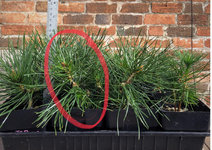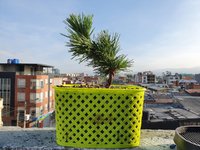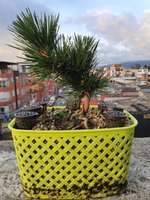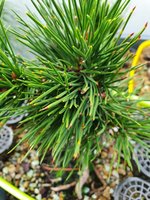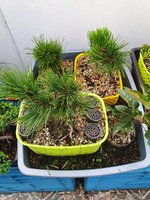Dartfrog
Seedling
Hi guys, I'm glad to join the community. I've got a JBP that I bought from a nursery, they say it's 4 years old but i doubt it as it's not that big, and I'm a little bit confused because all the posts I see about JBP development show material with less foliage, so my doubt is: should I clear the main trunk from needles in order to identify the tree's buds, and in order to apply wire for the first time? Or what do you think I should do?
I live in Colombia, where there's almost no seasons, and I'm trying to create a shohin sized tree, if that info helps. Thank you so much for your help.
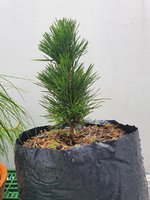
I live in Colombia, where there's almost no seasons, and I'm trying to create a shohin sized tree, if that info helps. Thank you so much for your help.

Last edited:

